Asisebenze Art Gallery (opened September 2025), with its glass-panelled windows and exciting display of artworks in a bright and airy space, could be the place that encourages you to slow your walk and stop by. Honouring the heritage of the Aegis Building while bringing it into the 21st century, the building lays down the bedrock for new stories to be made, told and heard, adding fresh layers to the city's history.
An evolving Atelier
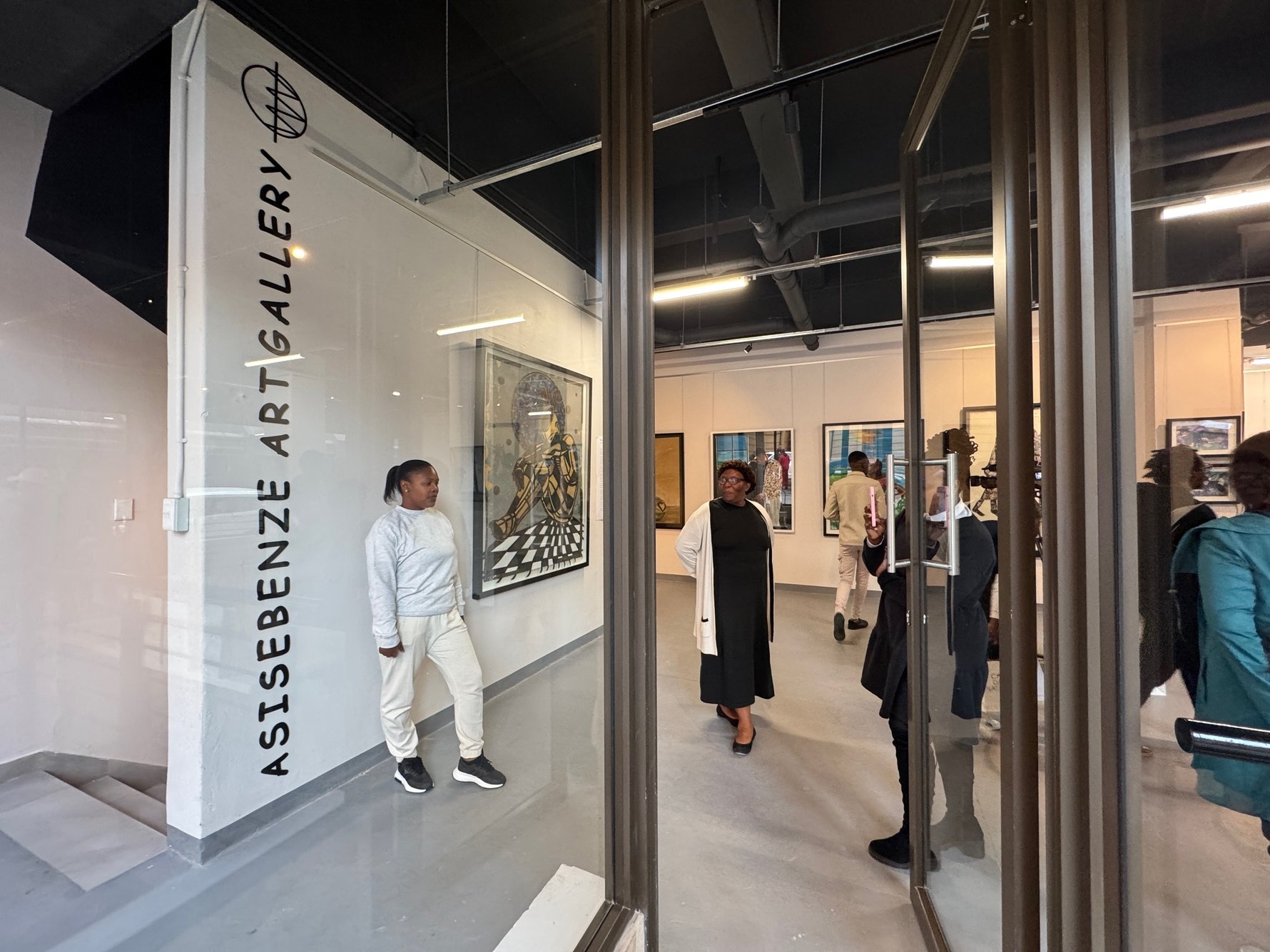
Owned by Redcon Properties, Asisebenze Art Gallery was born from Asisebenze Art Atelier, an impressive six-floor artist's studio building in downtown Johannesburg. Since its founding in 2021, Asisebenze Art Atelier has become an important part of Johannesburg's cultural scene.
Asisebenze not only provides much-needed studio space for artists but also connects them with a broader audience. In doing so, the Atelier promotes artistic freedom while recognising the importance of commercial success. Led by Tanya Krain, artists are given the opportunity to grow their practice in a sustainable manner.
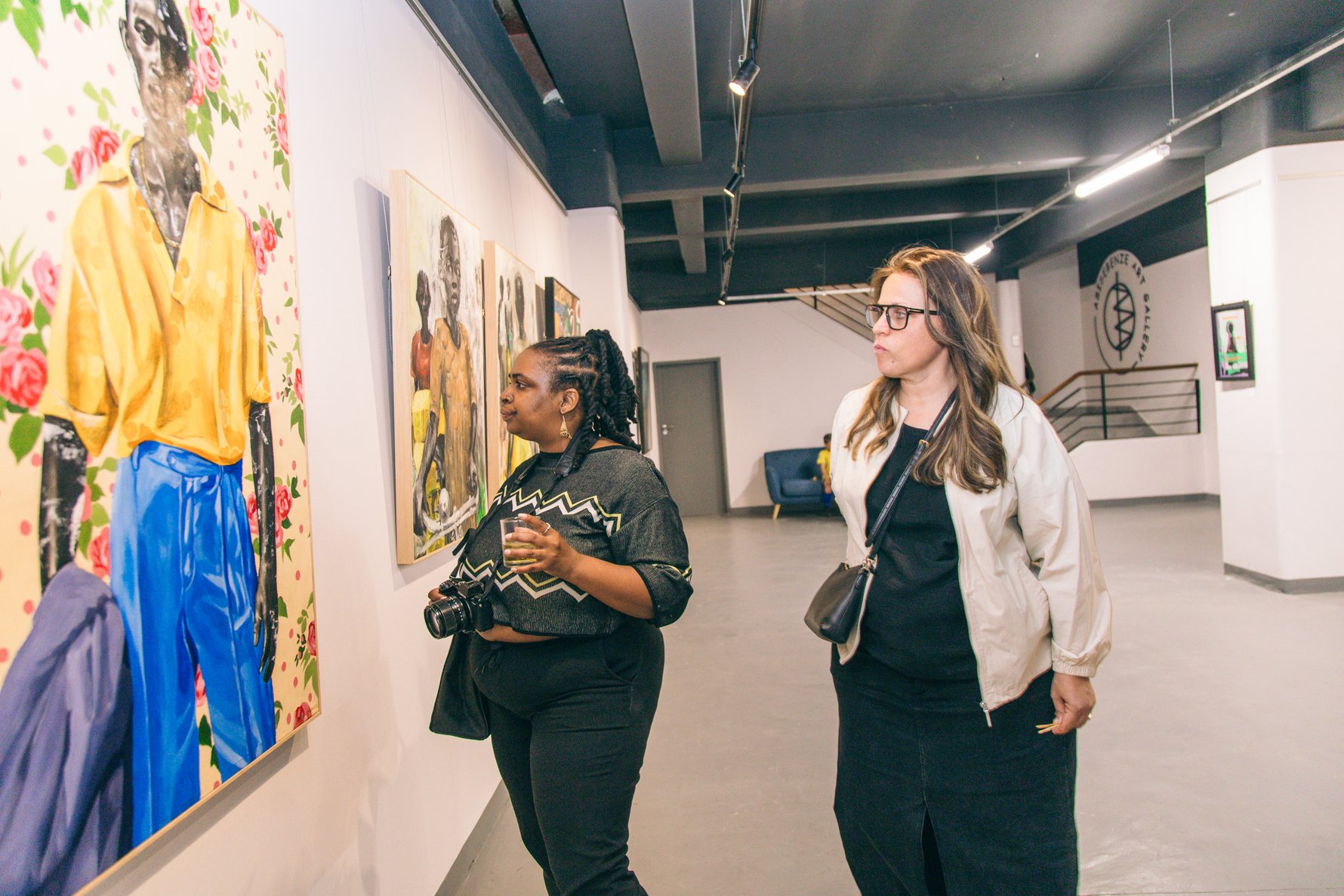
With the lofty ambition of creating a sustainable arts ecosystem for emerging and established talent from across Africa, members of Asisebenze Art Atelier have access to studio space, housing, as well as guidance and mentoring both from other artists and the team at Asisebenze. They also have a shared future, with works consigned as a portion of or in lieu of rental, and revenue shared between the artist and the studio.
And while the studio building at 28 Plein Street is well worth a visit (keep an eye on their Instagram and our weekly art round-up for open studio events), the latest chapter in Asisebenze's story is this new gallery in the historic Aegis Building on Loveday Street, facing the Rand Club.
The abode of the Gods
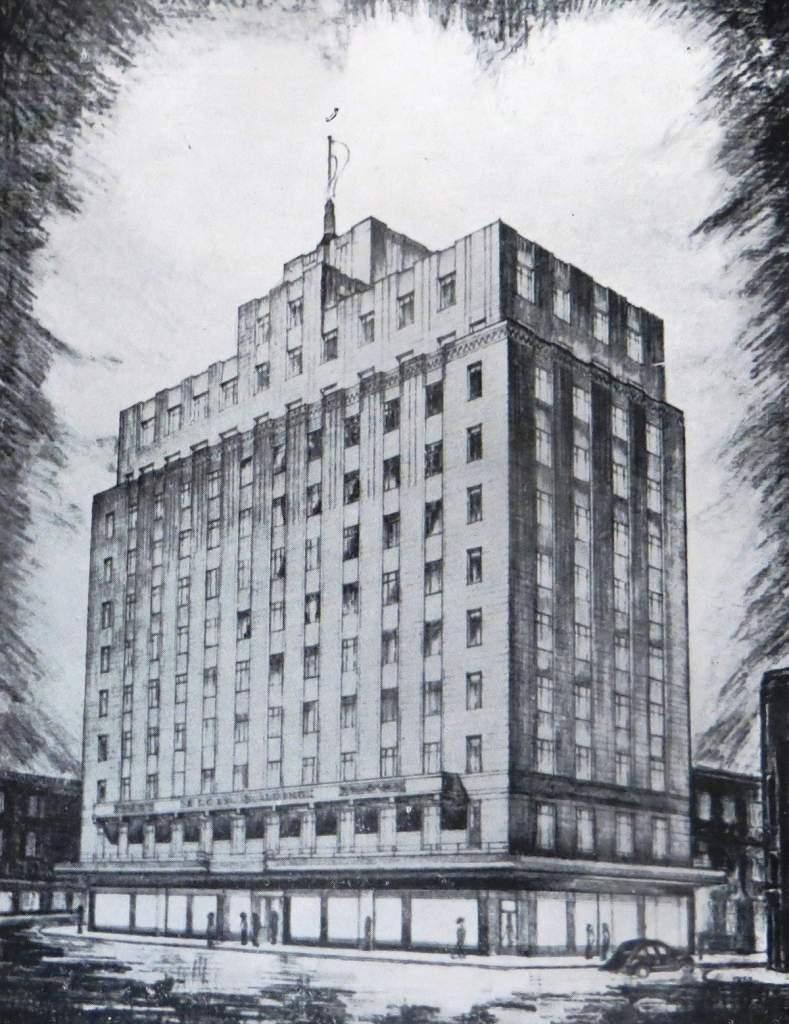
Johannesburg is, of course, a young city, developed more than a century ago when reefs of gold were discovered beneath the crackly brown veld. Because of this, the history of different areas and buildings can often be obscured, lost in the frenetic rhythms of daily life. And yet, these histories are still present. Inscribed in the architecture and spatial planning, remembered in stories and chatter of local residents.
It is hard to imagine that before the plethora of buildings erupting towards the sky, the ground where the Aegis Building now stands was, according to Gerald Anton Leyds in A History of Johannesburg, an empty field used for recreational football matches. This changed when the first Aegis Building was built in 1893, a squat three-storey structure consisting of open verandahs and iron terraces.
It was in 1934 that architects Emley & Williamson completed the design for the Aegis Building as we know it today, an Art Deco monolith that was initially made for an international investment company. The architects were also responsible for other Art Deco treasures, such as the historic Anstey's Building.
According to the building's heritage plaque, the name comes from "the 'aegis', the shield of Jupiter (Father of the Roman Gods) and Minerva (Goddess of Wisdom and War). The storeys rise higher and higher until almost out of sight, and draw the eyes upward to the stepped roof line and the sky, the abode of the Gods."
Since then, the building has undergone many changes in tenancy, serving retail, residential, and commercial uses. Some may recall it was once the home of Erling Shoes, famous for its US-label Florsheims and other international labels for snappily dressed men. For 87 years, Erling Shoes soled the city's occupants, including President Cyril Ramaphosa, according to an article written by journalist Percy Zvomuya in Timeslive
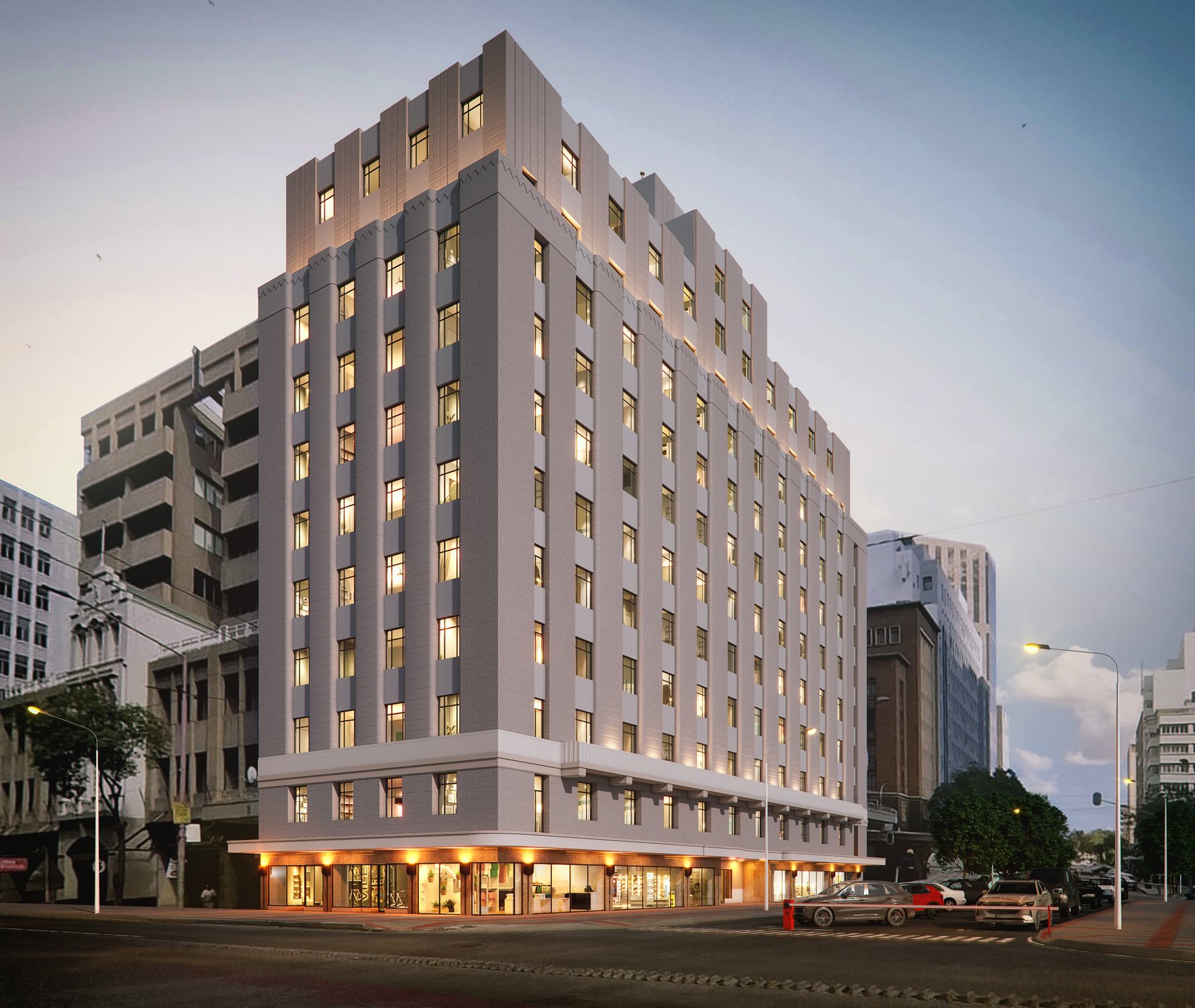
The inner-city underwent rapid changes post-apartheid, with a shift in occupancy across the entire city. At different times, artists inhabited this building in studio spaces and, at one point, designer David Tlale operated his fashion business from here. But over time, the building fell into disrepair and then stood empty and derelict for some time.
Fast forward to 2025, when Redcon Properties, a residential property group focusing on the areas of Marshalltown, Joburg CBD, Selby, and Germiston, spotted its potential. Now relaunched, the Aegis Building has been beautifully restored and refitted as a residential housing block with apartments available for rent and a rooftop "clubhouse" for tenants with a patio, sauna, hot tub, and ice bath.
The ground floor houses Asisebenze Art Gallery and Troy's Café, the two making a fine combo for a weekend outing. Troy's Café is a coffee kiosk, with seating that runs along the outside of the gallery. The work of the team behind The Troyeville Hotel and Casa das Natas, it's a haven for tasty pasteis de nata, good sandwiches, and coffee in the city.
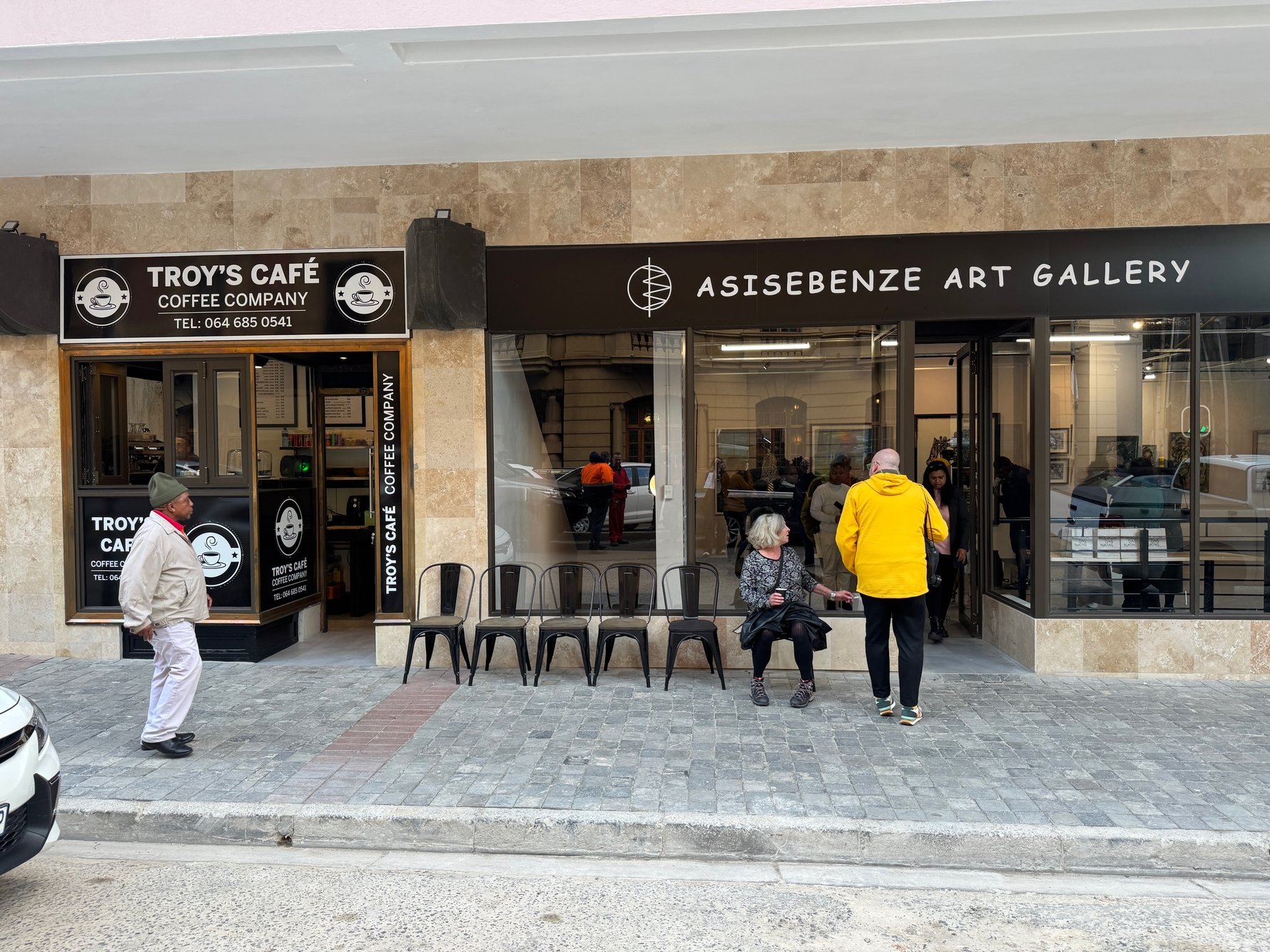
Importantly, the original features of the building have been preserved, with Gerard-Mark Van Der Waal highlighting in From Mining Camp To Metropolis how "the more open façades seemed to indicate a projection of the buildings’ functions into the community, in that the communal urban space was in turn extended partly into these buildings."
Asisebenze Art Gallery opens onto the street, creating a space that, through art, is in constant dialogue with the city and the community around it.
A human face
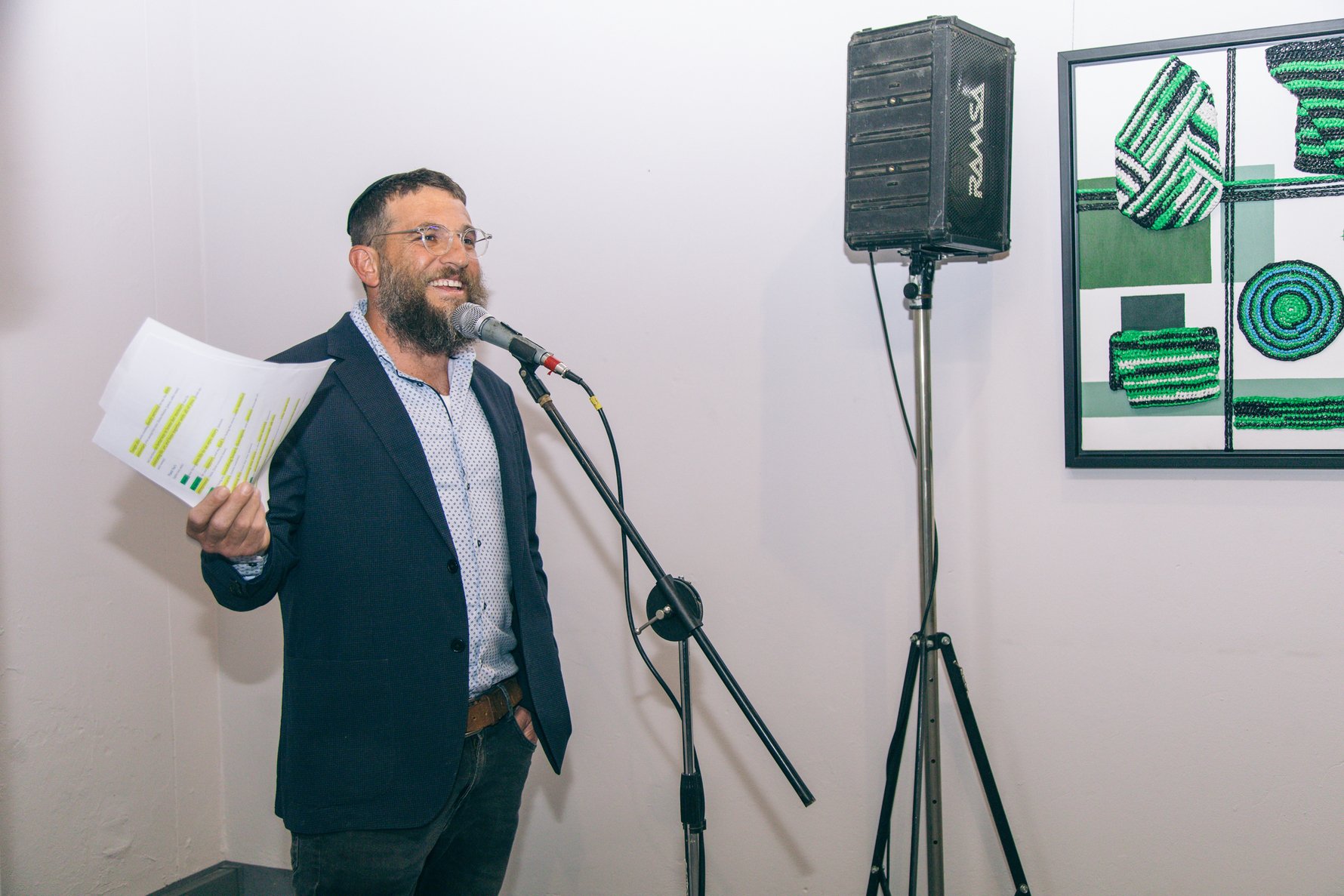
The road to the opening of Asisebenze Art Gallery was not an easy one, and the owner of Redcon Properties Mendel Medalie, highlighted in his opening address how he was close to giving up. But together with gallery manager Tanya Krain, and fuelled by a vision to create a model for artists that would serve both their efforts and Redcon's, he realised that it was a project too important to abandon. The company had amassed an enormous art inventory, while the Plein Street studio spaces are not as easily accessible to the public. The idea of a gallery that could serve as a permanent way of showcasing art from the Asisebenze stable, and give artists a direct route to sales, clinched it.
With a focus on contemporary African art, Asisebenze Art Gallery continues the mission of Asisebenze Art Atelier – championing emerging talent while also exhibiting work of more established artists. Some of the notable names featured in their first exhibition, Art in Motion, include, amongst others, Michael Selekane, Siphamandla Ex, and Patrick Rulore, who have garnered both local and international recognition.
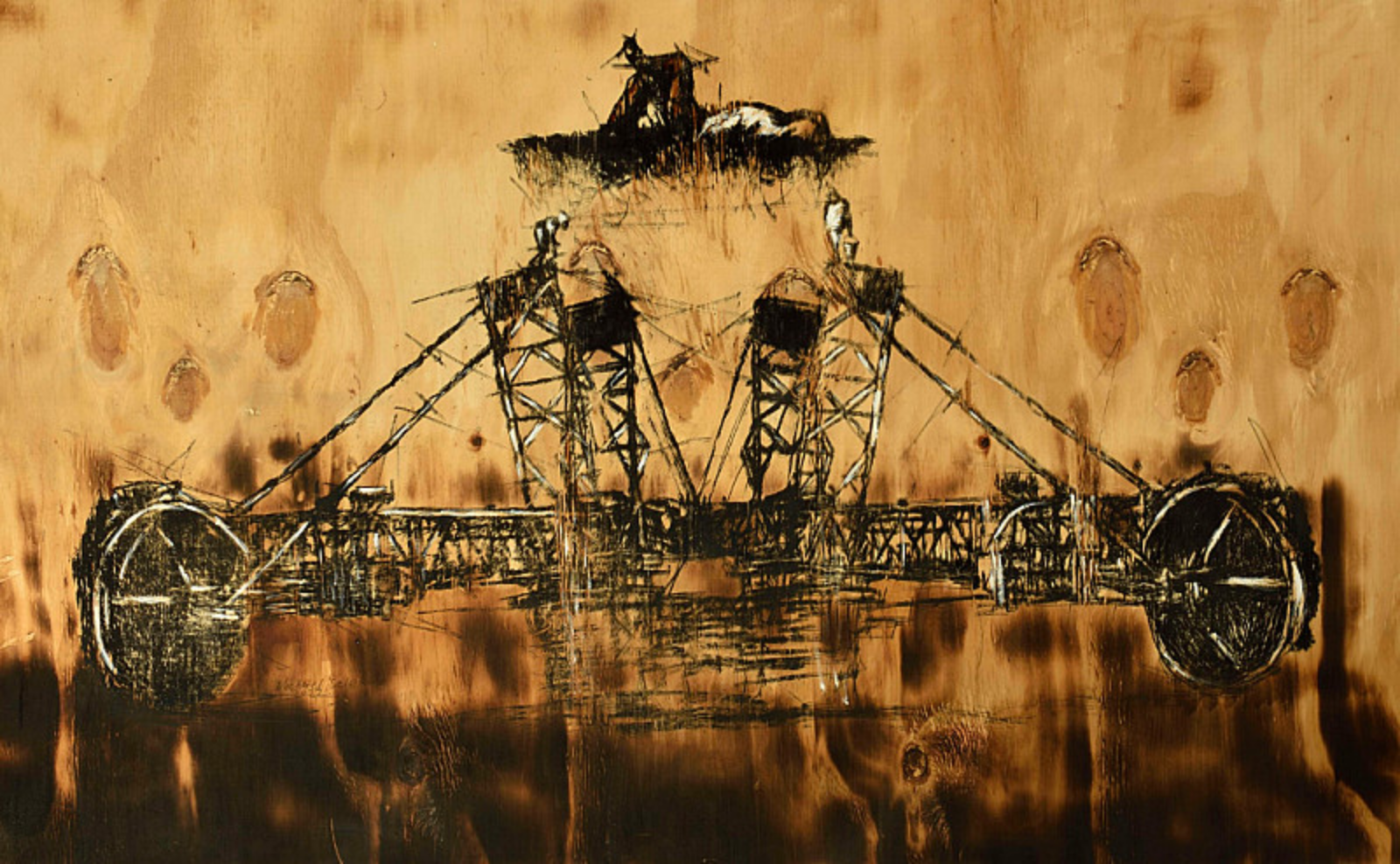
It comes at a time when African art is seeing growing recognition and influence more broadly. Art critic and writer Ashraf Jamal underscored this as he reflected on the exhibition, saying, "We are at the forefront of what is most valuable on the planet, and that is spirit, that is human value... what Steve Bantu Biko said that Africa would give the world – a human face."
This is what Asisebenze Art Gallery contributes to. In representing the next generation of South African artists, they help engender what Jamal calls a revolution of human relationships. As Medalie noted at the opening, "art is about the courage to see opportunity in the imperfection", and Asisebenze Art Gallery allows us to see the opportunities inherent in the imperfections of Johannesburg, and celebrate these.


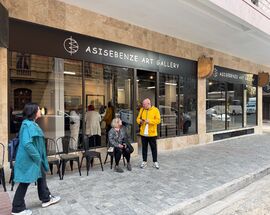
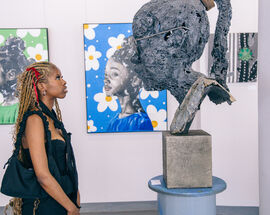
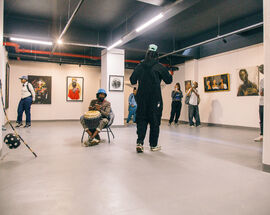


Comments